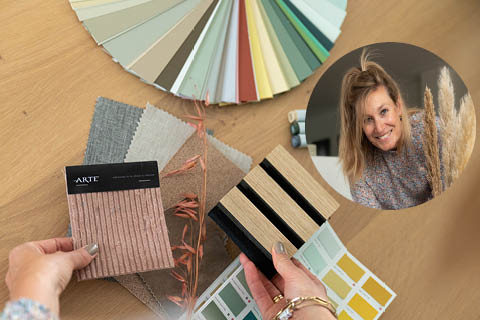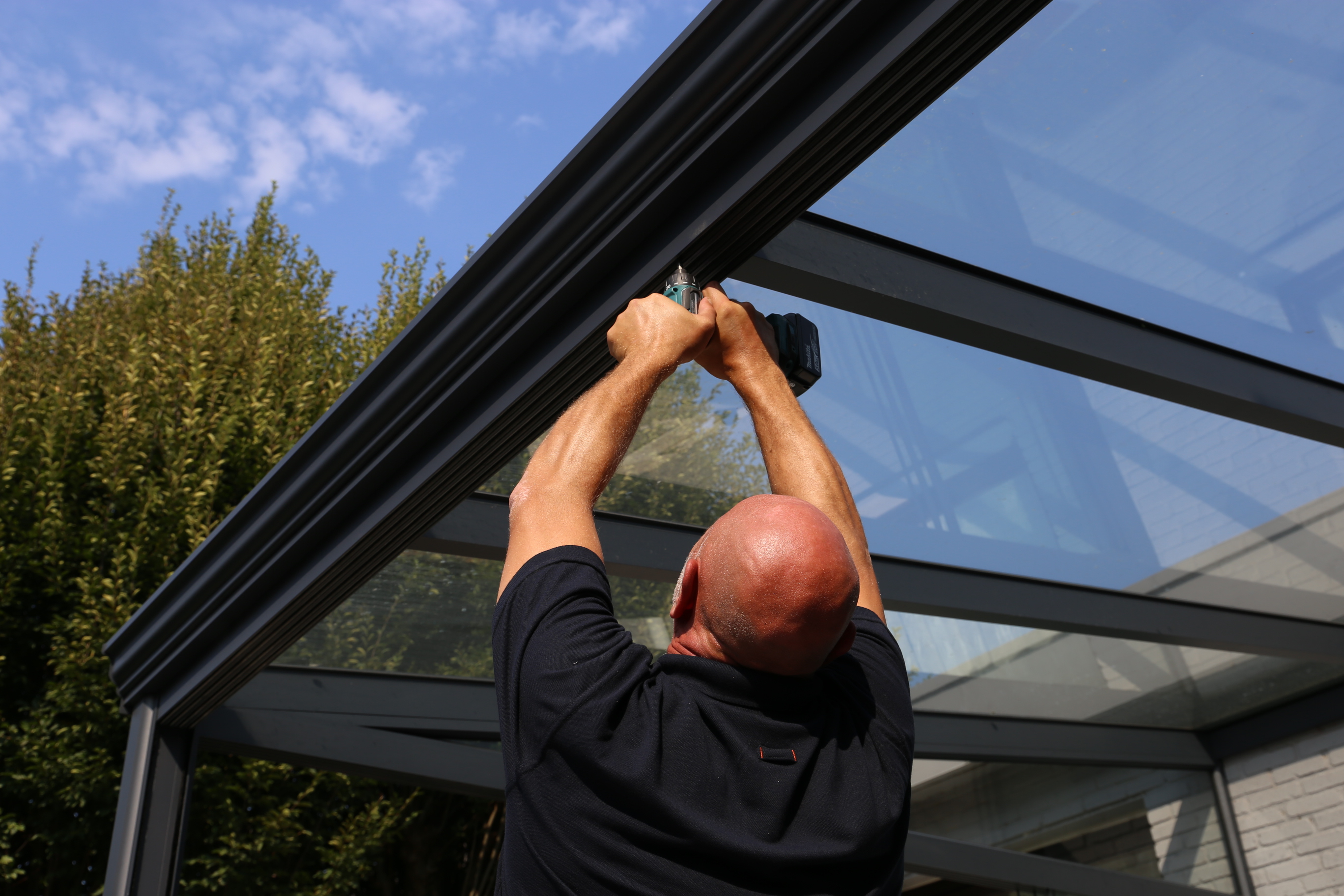With a veranda in your garden attached to the house, you get to enjoy the outdoor feeling for an extra long time. Because even when the weather gets bad, you can sit nice and dry under the veranda. But why opt for an attached veranda instead of a detached one in the garden? What are the options for an outdoor space attached to the house? And what are the steps for realising such a veranda? We tell you all about it here.

Attached veranda: the benefits
You may still be considering whether you want a fixed veranda attached to the house or a detached veranda. An attached veranda has several advantages:
- Easy & dry access: when the veranda in the garden is attached to the house, you have direct access to your outdoor space from the house. Moreover, in wet weather, you don't have to walk through your wet garden to get to the veranda. And you have quick access to your kitchen for grabbing drinks and snacks.
- Extension of your home: with an attached veranda, you add additional living space to your home, making it truly an extension of your home.
- Better insulation: when the veranda is attached to the house on one side and you can close off the veranda with glass sliding doors with weather strips, it provides an additional insulating effect and more warmth under the veranda.
- Efficient use of space: don't have a big garden? Then an attached veranda is smarter in terms of space than a detached one. Read more in the article with garden ideas for a veranda in a small garden.
More or less light with an attached veranda
You may be wondering if having an attached veranda will give you enough light under the veranda and in the house. You influence the amount of light under the veranda by the choices you make for the following components:
-
The roof type: clear glass lets through the most light (88%), followed by opal glass (63%) and opal polycarbonate (55%).
-
The colour: will you choose a home veranda in a light or dark colour? Gumax® verandas are available in anthracite, black or white.
-
Lighting: when daylight decreases, use the right lighting to ensure the desired amount of light.
-
Sun shading: create shade and a pleasant temperature under the veranda with the help of sun shading.
The sliding doors: choose glass sliding doors with full view of the garden and/or determine the desired amount of shade, shelter and privacy with Gumax® Shading Panels.


Inspiration for an attached veranda
There are lots of options for an attached veranda in the garden. Thanks to the different sizes, colours and styles of Gumax® verandas, there is always a customised veranda to suit your needs and your home. We inspire you with some examples.
An attached veranda: from idea to implementation
How do you realise an attached veranda?
1. Idea and design
Will you go for a classic or a modern attached veranda? What colour, what roof type and what extras such as lighting or sun shading do you want? By answering these questions, your idea for the veranda becomes more and more concrete. Having trouble? Then order the free sample pack with samples of glass types, polycarbonate, colour swatches, sun shading screen and more.
2. Measurements
The next step is to do the measurements for your attached veranda. For that, we offer a handy measurement tool. This way, you can be sure of a veranda that is properly tailored to your home.
3. Assembling the veranda
Because Gumax® verandas come in user-friendly construction kits, it is very easy to assemble them yourself. As an example, the video below shows how to attach a Gumax® veranda to the house:
Read more about the different steps in the article on how to make your own veranda
What does an attached veranda cost?
At Tuinmaximaal, you can order an attached veranda from as little as £ 849, including the lowest price guarantee. The final price depends on the roof type, the size of the veranda and any expansions.
Find out the costs for a veranda.










